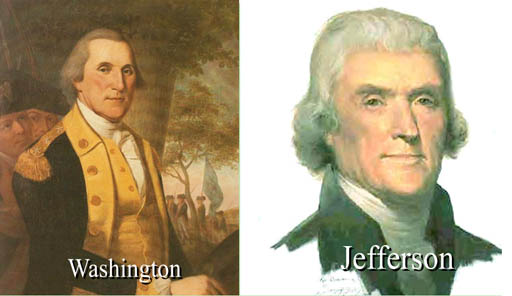
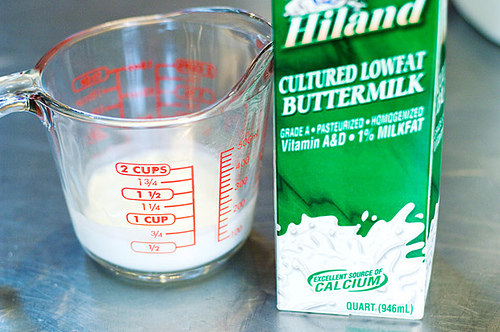
Over 200 years later, we still have separate systems. For example, our dry quart is larger than our liquid quart, so four cups of flour and 4 cups of milk should be measured with separate measuring devices-which differ in size!
A dry quart is larger than a liquid quart. Dry quart = 1.07 x liquid quart.
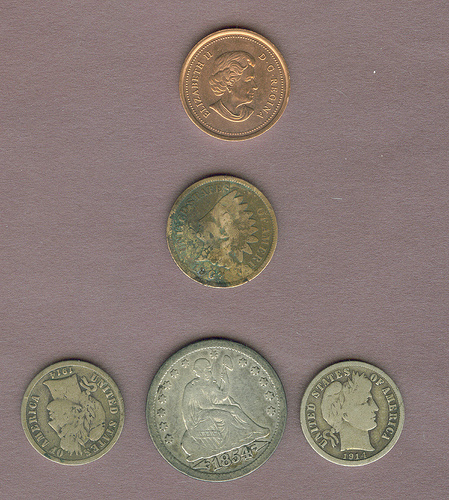
Jefferson's second plan put before Congress was to reduce every branch [of measurement] to the same decimal ratio already established for coin. For example 1 cent, 10 cents, and 1 dollar are based on a 10 to 1 ratio. This was to make calculations with money much easier. Jefferson wanted the same ease with measurements of distance, weight, and volume.
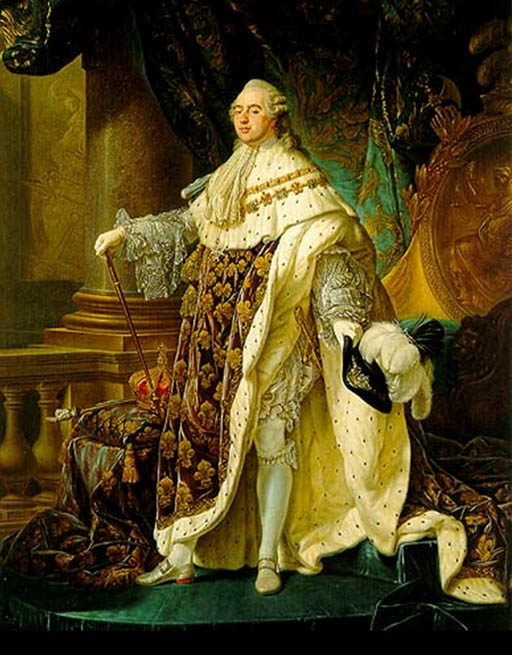
In the same year of 1790 King Louis XVI of France was also weary of the inconsistencies of measurement that was hurting trade.
He ordered a new system of measurements be developed.
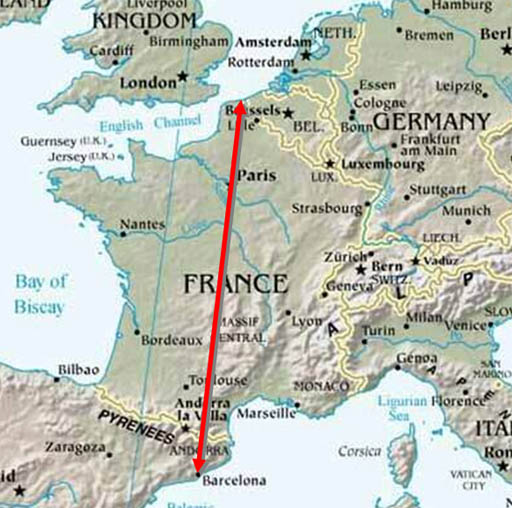
A survey team was suppose to measure the distance between Barcelona, Spain going through Paris and up to the English Channel.
With this distance and the a measurement of the change of the angle when viewing the stars, they could calculate the circumference of the Earth more accurately than had been done before.
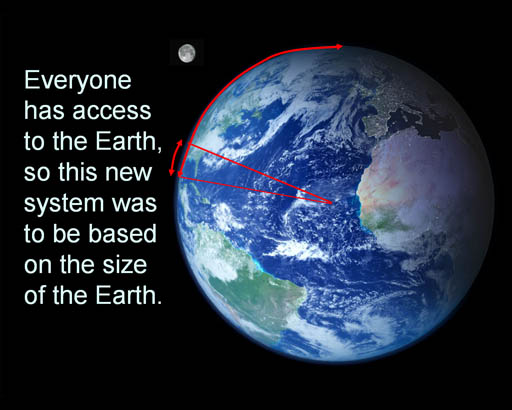
For example, if the angle of the stars changed by 10 degrees, they knew that they had traveled one ninths of the distance of the equator to the North Pole, because that's 90 degrees. Four times that would give them the circumference of the Earth.
They also knew that someone else in the world could confirm their measurement by doing similar survey in their part of the world. In other words, the foundation of measurement should be based on something we all share-- the Earth.
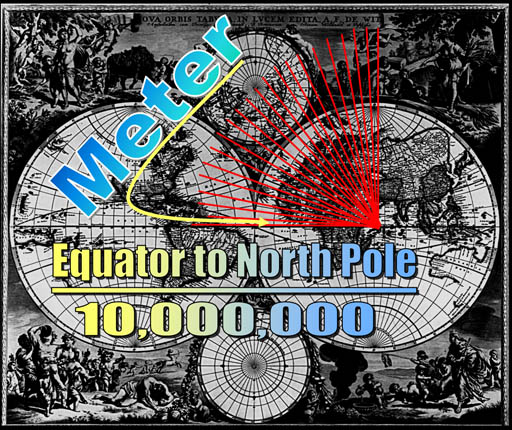
By dividing the distance from the Equator to the North Pole by 10 million, a convenient length was defined.
It was a little longer than a yard, and the name would be from the Greek word, Metron, meaning to measure.
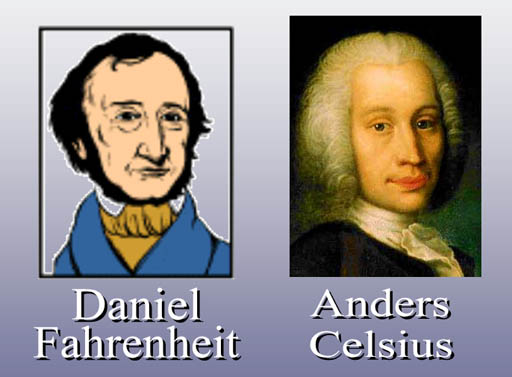
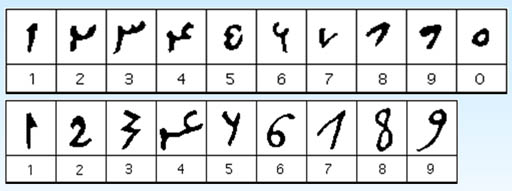
Early ways of writing Arabic numerals.
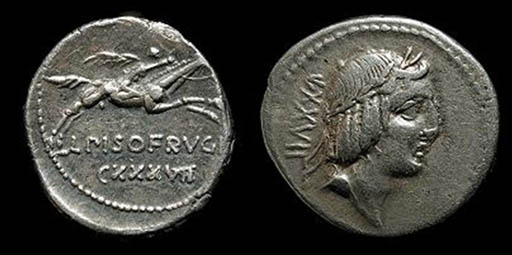
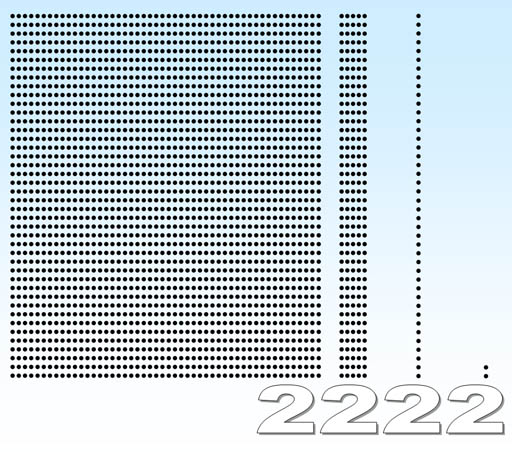
Modern number systems use place value. In other words, a numeral has a different value depending where it's placed.
For example, in the numeral 2222, each 2 is worth 10 times more or 10 times less than the 2 next to it. So place value is important.
The word decimal from from
Latin decimalis meaning "of a tithe";
A tithe was traditionally one tenth of income, so deci-
meant one tenth.
Multiplying & Dividing by 10
25.0 x 10 = 250.
25.0 / 10 = 2.5
25. x 10 = 250.
Dividing by 10 is just the reverse. This is a great advantage of a number system based on place value. However, there is a danger...
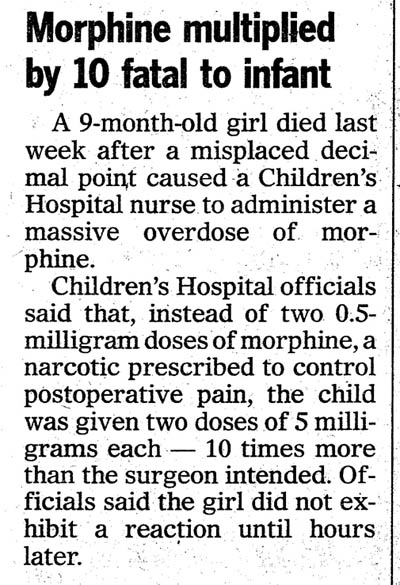
The advantage of multiplying and dividing by simply moving the decimal point also comes with a danger. If the decimal point is not seen or if placed in the wrong place, a drastic change in the size of the number occurs.
Here is an example of the 0.5 being viewed as 5. It's possible that they didn't write "0.5" but simply ".5" which makes the mistake even easier.
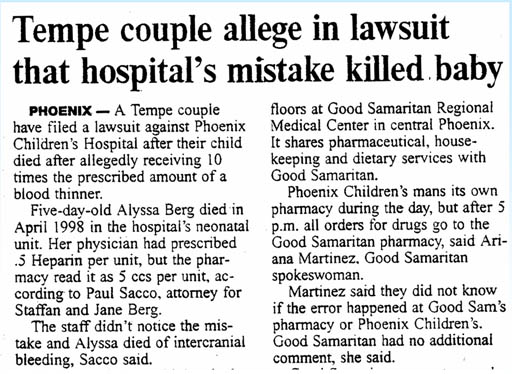
Here is case closer to where we live. It's another example of a decimal place not seen causing a10 fold increase in dosage, which killed the baby.
In this article you see ".5" being mistaken as "5." That's why in chemistry we prefer "0.5" over ".5" because the decimal is more noticeable. It's too bad something that important looks like a speck. In Europe, they use a comma "," instead of a point "." so that it is less likely to be overlooked. The lesson to be learned is to take advantage of the decimal system but be careful with the decimal point.
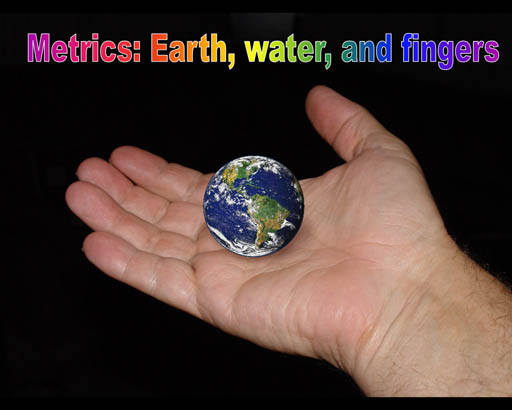
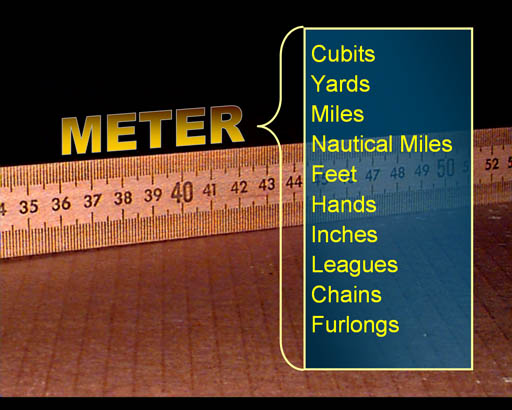
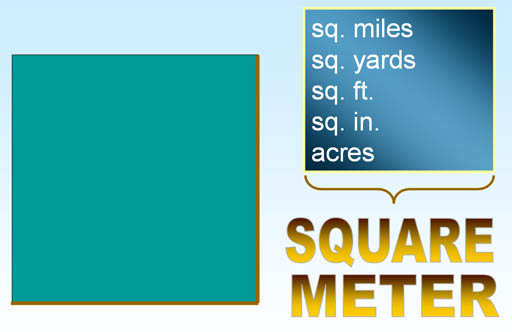
If the meter stick is placed at a right angle, one can define a square that would be one square meter. This unit of area can replace the other ways of measuring areas such as square miles, square yards, and acres. I heard and used the word, acre, for decades, but I have no idea what the dimensions are. I just looked it up and found it to be 208.7 feet by 208.7 feet. No wonder I don't remember the size.
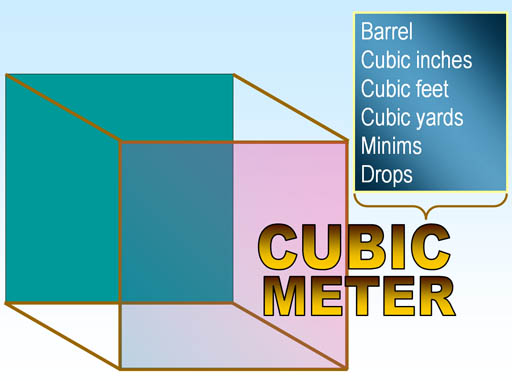
Using the meter to make a cube gives us a way to measure volume. This lets us get rid of all of these forms of volume measurements plus a dozen more not mentioned, such as drams, pecks, quarts, pints, fluid ounces, gallons, imperial gallons, and the list goes on.
In other words, using a meter to define distance, area, and volume can eliminate the confusion of about 100 other units of measurement most of which we have no idea what they mean.
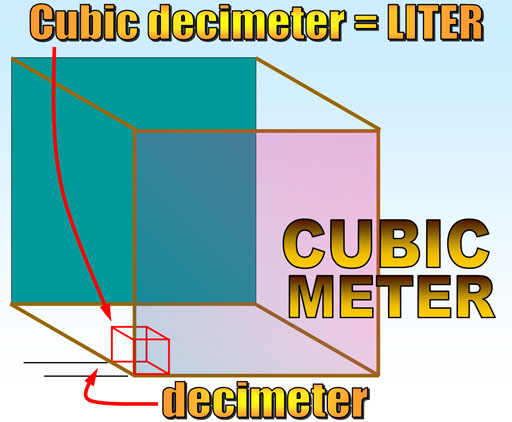
A cubic meter is a pretty large volume. Most things we buy aren't that large. How can we create a volume that is more convenient? In the metric system, we size things either 10 times larger or 10 times smaller. So let's divide the meter by 10. That is called a decimeter because deci means one tenth. Now if you make a cube that has a height, width, and depth of one decimeter, you create a cubic decimeter. That is a more convenient size, which is a little larger than a quart. Since this is size we will use a lot, let's give the cubic decimeter a shorter name. The French called it the Liter after the word, Litron, an older measure for capacity.
In the English system, we have a barrel and a quart, one being a large volume and one being smaller. However, there is no easy connection between the two.
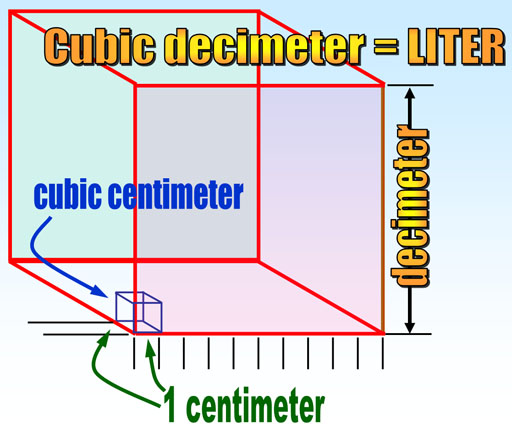
Now let us say we want a volume that is even smaller than the liter (cubic decimeter). Like before, we just make something 10 times smaller. So here we have zoomed in on the previous cubic decimeter. To make a smaller volume we just divide a decimeter by 10. That gives us a centimeter which means it is 1/100 of a meter. To make a cubic centimeter, we just make a cube that measures one centimeter on each side.
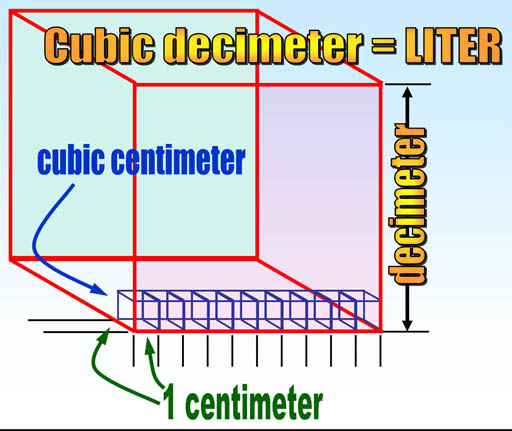
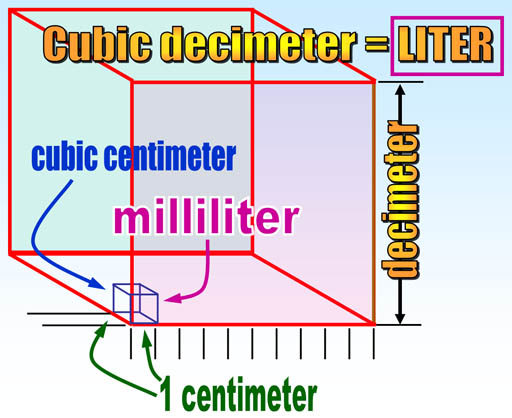
Remember that a cubic decimeter is the same as a liter? The cubic centimeter that we make here is one thousandth (1/1000) the size of a cubic decimeter, and also one thousandth the size of a liter. In metrics, the prefix that means one thousandth is "milli". So a milliliter is the same size as a cubic centimeter. In medical professions they often call a cubic centimeter simply as "cc" and several cubic centimeters as cc's. The milliliter is an alternative name and more commonly used in chemistry.
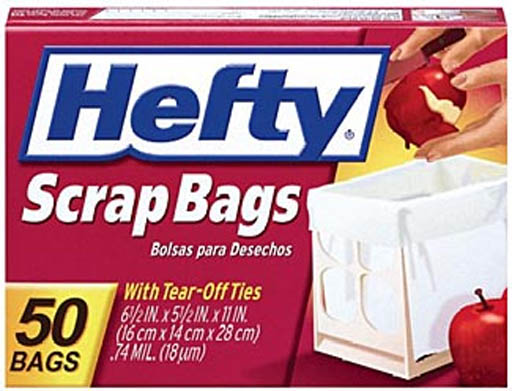
Other words that have "mil" in them either refer to 1000 or to 1/1000. For example, "millennium" means 1,000 years. A "mil" can mean one thousandths of an inch, which is how it is used here to report the thickness of these plastic bags (0.74 MIL).
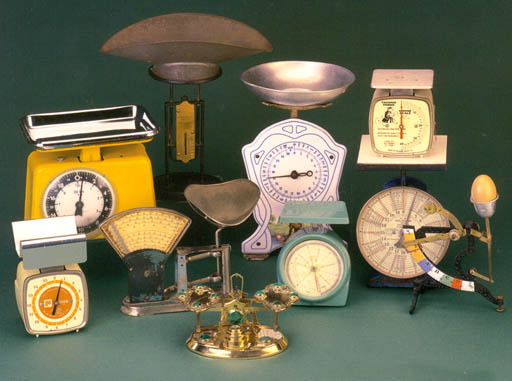
Weights were another thing that were inconsistent. One pound in one town could be very different than a pound in another town. Again, without standard measurements trading between different locations would always cause problems and disputes.
The meter standardized the measuring of distance, but how could it help with weights?

Remember the cubic centimeter, which is also called a milliliter? If that was filled with something, that could make a standardized weight. The Metric System wants items that are readily available to everyone. The Earth was the first one and fingers (decimals) the second. Dan Fahrenheit and Anders Celsius had already used water to standardize a way to measure temperature. So water combined with the meter was going to standardize weight. The weight of water that fills a cubic centimeter (milliliter) was to be the standard for weight and it was called a gram, a Latin word meaning "a small weight."
Since it takes 1,000 cubic centimeters to make a cubic decimeter (a liter), a liter of water weighs one thousand grams. The prefix "kilo" means one thousand, so a liter of water weighs one kilogram. A kilogram was easier to measure more accurately than a gram, so it became the standard for measurement.
Different Units of Weight:
Pounds, poundals, stones, grains, tons, short tons, long
tons, ounces, avoirdupois ounces, troy ounces, apothecary ounces, pennyweights,
centals, geepounds, carats, drams, scruples, gammas, long quarters, short
quarters, and slugs.